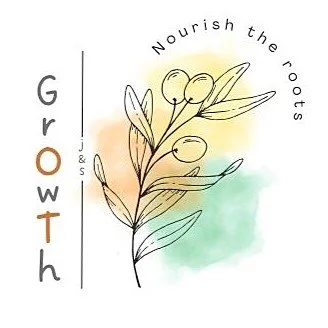Gross motor
Gross motor refers to movements we make using our whole body, such as climbing, skipping, jumping, or running. The development of gross motor skills is dependent on certain gross motor components, which will be discussed below.
Postural control
Postural control refers to the child’s ability to assume and maintain functional postures needed for engagement in different tasks. It is our ability to maintain our posture against gravity while being functional. Difficulties with postural control can have a negative influence on seated endurance and concentration.
Muscle tone
Muscle tone is the tension of our muscles at rest. When a child has lower than normal muscle tone, they may tire easily and find it difficult to maintain an upright posture for a prolonged period of time. Poor muscle tone therefore has a negative effect on postural control.
Eye hand coordination
This is the ability for our hand and our eyes to work with one another, sending messages to our brain about what we see in order to catch it. On a gross motor level, this includes our ball skills, such as looking at a ball and catching it. Development of eye hand coordination on a gross motor level is important for the development of eye hand coordination on a fine motor level.
Bilateral coordination
Bilateral coordination on a fine motor level refers to the ability to use both sides of the body in a coordinated manner. Bilateral coordination can take place with symmetrical movements, such as rolling a rolling pin with two hands or clapping, or reciprocal movements, where first one hand and then the other hand carries out an action (i.e. climbing a tree).
Dissociation
Dissociation on a gross motor level refers to the ability to move the top half of the body separately from the bottom half instead of having a log-effect. For example, a child rotating their hips to the left and their shoulders to the right during an activity has good body dissociation.
Midline crossing
This is the child’s ability to use one side of their body on their opposite side, such as reaching for their right foot with their left arm. It involves the communication of the two hemispheres of the brain with one another. On a gross motor level, this can be seen through catching a ball that is displaced, or through activities such as roller blading. Midline crossing on a gross motor level allows for development of midline crossing on a fine motor level.
Balance and Equilibrium
Our balance and equilibrium reactions are our body’s response to movement so that we do not fall over. This also includes the ability to sustain control of our body in different positions. The ability to balance is important for all gross motor tasks. The large postural muscles are needed to stabilise the child while they are sitting at a desk.
Body scheme
This is the internal picture we have of our body in our mind. It allows us to formulate a plan of how we are going to move our body to perform an action, giving us an indication for tasks such as how high to lift our leg over a step.
Laterality
Laterality involves dominance of the hand, eye, and foot. It refers to the degree to which sensory registration and motor output is superior on one side of the body as opposed to the other, based on the dominance of one hemisphere of the brain. It is dependent on adequate bilateral integration.
I hope this helps you to understand what OT’s are speaking about when they are talking about gross motor terminology.
Happy parenting!

